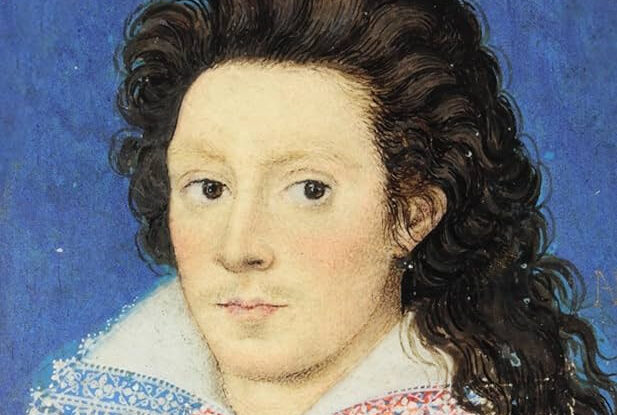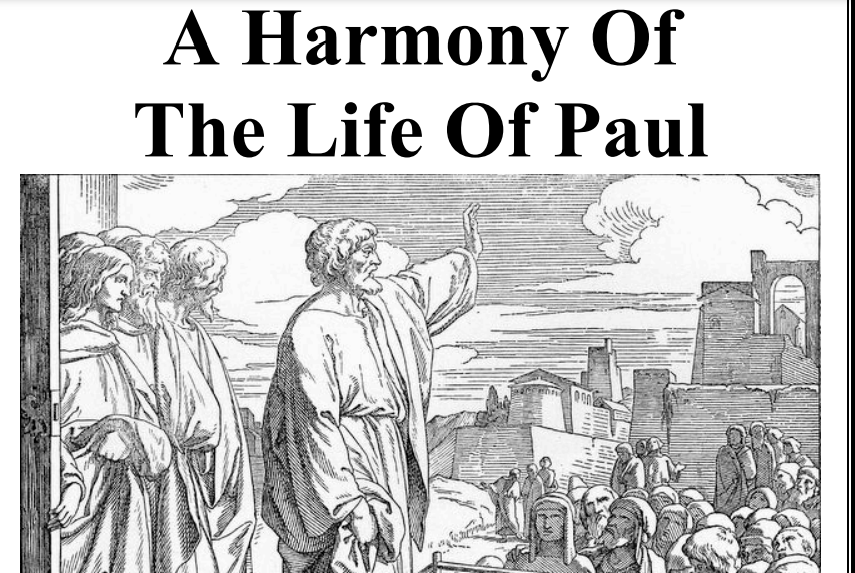Book Summary: Orlando: A Biography by Virginia Woolf
Introduction:
Orlando: A Biography by Virginia Woolf is not just a novel — it is a beautiful mix of fantasy, history, and deep reflection on gender and identity. Published in 1928, this book tells the story of Orlando, a young nobleman who lives for centuries and magically transforms from a man into a woman. Through Orlando’s journey, Woolf explores how society’s idea of gender, love, and self changes across time.
Even though it is written as a biography, it feels more like a poetic journey of the human soul — full of humor, imagination, and emotion. This book is inspired by Woolf’s close friend Vita Sackville-West, and is often seen as a tribute to her.
Plot Summary (Simplified)
The novel begins in Elizabethan England, where Orlando, a charming and sensitive young nobleman, lives in a grand estate. He is handsome, kind, and has a passion for poetry. During this time, Orlando meets Queen Elizabeth I, who is impressed by his beauty and intelligence. The Queen becomes fond of him and gives him wealth and land.
However, Orlando’s heart is always curious — he loves art, literature, and life itself. Soon, he falls deeply in love with a Russian princess named Sasha, during a great winter when the River Thames is frozen. Their romance is passionate but ends sadly when Sasha betrays him and leaves. This heartbreak changes Orlando’s life forever.
After Sasha’s departure, Orlando starts to write poetry but struggles to express himself. Time passes, and he meets several famous poets, including Nick Greene, who criticizes his work. Disappointed, Orlando withdraws from society and spends years searching for meaning in art and identity.
One day, something magical happens — Orlando falls into a deep sleep and wakes up as a woman. This transformation is presented in a calm and natural way by Woolf, showing how gender does not change the soul — only the outer form. Orlando, now a woman, realizes that life as a woman is very different. She faces new challenges — from how society treats women to the limitations placed on them.
Orlando as a Woman
Now living as Lady Orlando, she moves through different centuries — from the 18th century into the modern age — without aging. She witnesses how the world changes: the rise of industry, the shift in literature, and how gender roles evolve.
Through Orlando’s eyes, we see how being a woman comes with both freedom and restriction. Woolf uses this to question social expectations — why women cannot own property, or why their writing is less respected.
Orlando continues to write poetry, and even though she faces struggles, she never gives up her creative spirit. Her long life becomes a symbol of the journey of women in history — from silence to voice, from shadow to recognition.
Themes and Symbolism
1. Gender and Identity:
The biggest theme of Orlando is gender. By making her hero change sex, Woolf shows that gender is not fixed. Orlando’s soul stays the same — whether male or female. This challenges society’s belief that gender decides who we are.
2. Time and Change:
Orlando lives for over three hundred years, but never ages much. This is Woolf’s way of showing how human emotions — love, loss, creativity — remain the same even as time changes.
3. Art and Creativity:
Orlando’s desire to write poetry represents Woolf’s own love for writing. She shows how art is beyond gender or age — it’s the voice of the inner self.
4. Feminism and Freedom:
As a woman, Orlando faces restrictions that she never experienced as a man. Through her story, Woolf criticizes how society limits women’s freedom. The book celebrates the female spirit, independence, and creativity.
5. Reality and Fantasy:
Woolf mixes magic and realism beautifully. Orlando’s long life, gender change, and time travel make it feel like fantasy, but at its heart, it’s a realistic story about identity and self-discovery.
Writing Style and Tone
Virginia Woolf uses a unique style called “stream of consciousness.” It feels like we are walking through Orlando’s thoughts — soft, poetic, and deep. Her language is emotional but easy to understand. The humor, imagination, and rhythm of the writing make the book timeless.
Even though Orlando deals with big topics like gender and time, Woolf writes it with lightness — full of joy and beauty. She also includes the narrator’s playful comments, making it feel like a real biography, but with magic.
Symbolic Meaning of Orlando’s Journey
Orlando’s transformation and long life are not just fantasy — they are symbols. They represent how humans change constantly — in body, mind, and emotion. Woolf wants us to understand that identity is fluid, not fixed by gender or time.
Orlando’s search for truth and artistic expression mirrors Woolf’s own life and the struggles of many women writers in history. The book also celebrates freedom — the freedom to be yourself, to love without boundaries, and to live creatively.
Ending of the Book
The story ends in 1928, the same year the book was published. Orlando, now a modern woman, rides through the countryside on her motorbike — free and happy. She feels connected to every age she has lived through. The book closes with Orlando finally finishing her long-awaited poem “The Oak Tree”, symbolizing her personal and artistic growth.
This ending gives a sense of peace — Orlando has found balance between body and soul, between man and woman, between past and present.
Conclusion
Orlando: A Biography is more than a story — it is a journey through time, gender, and self-discovery. Virginia Woolf gives us one of the most creative works in English literature — bold, emotional, and ahead of its time.
Through Orlando’s magical life, Woolf teaches us that our true identity lies beyond gender, beyond age — in our imagination and soul.
It’s a story about transformation, art, and the endless beauty of being human.











